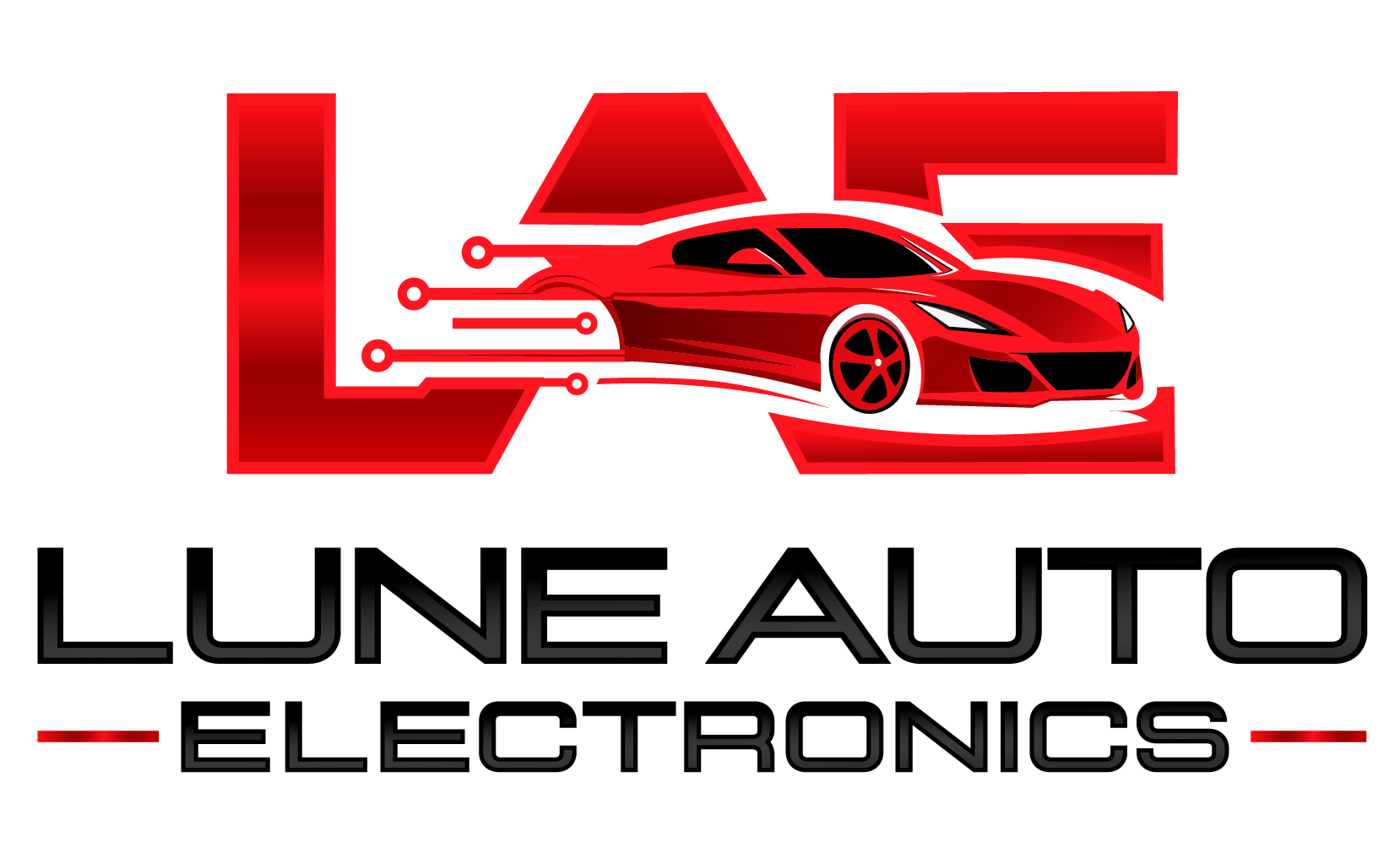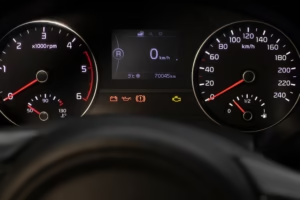When it comes to modern vehicles, the Engine Control Unit (ECU) plays a vital role in managing engine performance and various electronic systems. If you’re facing ECU issues or replacing a faulty unit, you’ll likely come across two important terms: ECU cloning and ECU coding. Though they sound similar, they serve different purposes. Here’s a breakdown of what each involves and how they differ:
🔄 What is ECU Cloning?
ECU cloning involves creating an exact copy of the data from one ECU and transferring it to another. This includes the software, maps, and immobilizer information.
-
Duplicates the full ECU data onto a donor ECU
-
Used mainly when the original ECU is damaged or beyond repair
-
Retains the vehicle’s original programming and security settings
-
Requires both the original (faulty) and replacement ECU
-
Saves time by avoiding the need for reprogramming or dealer intervention
🧠 What is ECU Coding?
ECU coding refers to the process of configuring a new or replacement ECU so that it functions correctly with your specific vehicle.
-
Involves adapting the ECU to the vehicle’s make, model, and features
-
Necessary after installing a brand-new or blank ECU
-
Updates the ECU to communicate with other control modules (e.g., ABS, transmission)
-
Often requires specialized diagnostic tools or dealer access
-
May include enabling or disabling specific features based on vehicle specs
⚖️ Key Differences at a Glance:
| Feature | ECU Cloning | ECU Coding |
|---|---|---|
| Purpose | Duplicate data from old ECU | Program a new ECU to the vehicle |
| Data Involved | Full software + immobilizer | VIN, features, system configurations |
| Original ECU Needed? | Yes | Not always |
| Use Case | When replacing a damaged ECU | When installing a new ECU |
🛠️ Which One Do You Need?
-
If your original ECU is faulty but readable, cloning is usually the fastest and most cost-effective solution.
-
If you’re installing a brand-new ECU or modifying vehicle features, coding is the better (or only) option.






